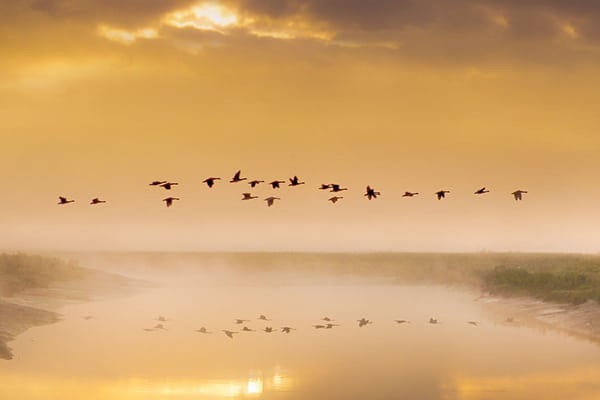
Shooting seasons
It is your responsibility to know what you can and can’t shoot, and when, so make sure you bookmark this quarry season page.
Get information on the legal shooting season for mammals and birds in the UK.
Apply for funding for your project or make a donation today
Comprehensive information and advice from our specialist firearms team.
Everything you need to know about shotgun, rifle and airgun ammunition.
Find our up-to-date information, advice and links to government resources.
Everything you need to know on firearms law and licensing.
All the latest news and advice on general licences and how they affect you.
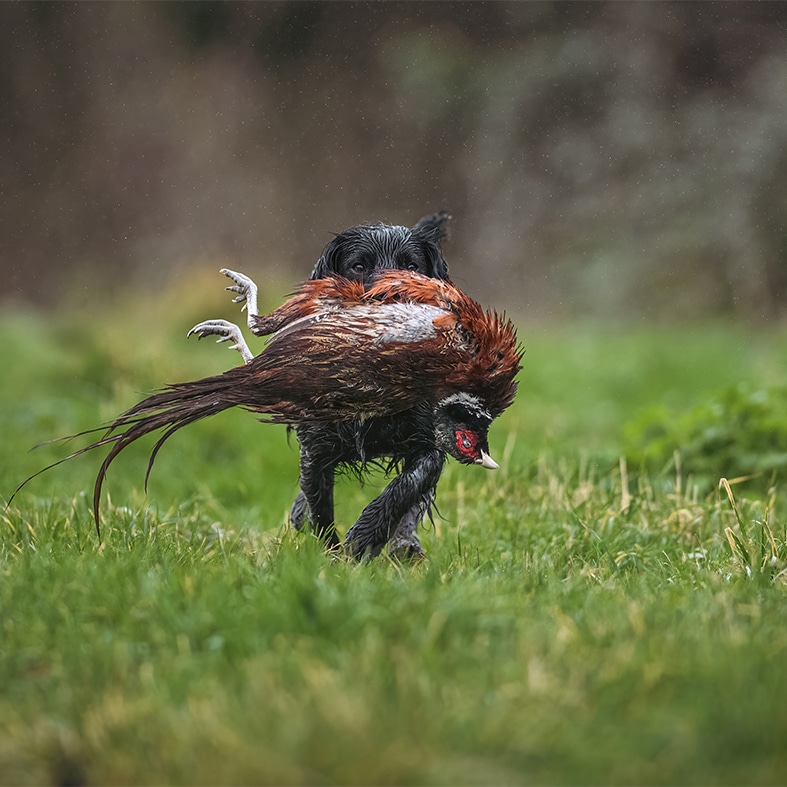

Home » Game Shooting » Picking up
This code of practice aims to provide guidance to newcomers. It acts as a reminder to those with experience who enjoy using their own dogs as part of a team of pickers-up in the shooting field.
High standards underpin public and political support for shooting, now and in the future.
This code provides advice at two levels:
THE FOLLOWING GOLDEN RULES APPLY:

Want to check your picking up knowledge, take our free online test.
Pickers-up
A good team of pickers-up is essential to the enjoyment and success of a day’s shooting. It is also essential to avoid suffering and the waste of game. Everyone who shoots live quarry should ensure that there is always a dog available for retrieving.
Organisers of shoots must ensure that adequate provision is made for retrieving shot game.
Traditionally, picking-up is carried out immediately after each drive. However, when a bird is wounded it should be picked-up and humanely dispatched immediately, provided it is safe to do so.
You should:
Dogs used for picking up must:
Picking up on pheasant shoots
Partridge and grouse shooting
The guidance for pheasant shoots generally applies to other types of driven shooting but note the following in particular:
During and after the shoot
Remember the health and welfare of your dog is paramount.
This could include a whistle, leads, game dispatcher, game carrier (device for carrying dead game), first aid kit, waterproof clothing, towels to dry yourself and your dog, drinking water and food for your dog.
Basic points of law
If you own or are responsible for a dog, even on a temporary basis, you have a legal obligation under animal welfare legislation to care for it properly.
The control of dogs
Owners and handlers of dogs commit an offence if their dogs worry livestock on agricultural land.
Transport of animals
Be aware that if you are transporting your dog in connection with an economic activity you may be subject to rules and regulations governing the transport. Recreational shooting, beating and picking up are not normally considered to be an economic activity.
Membership of BASC provides third party liability insurance and cover for you and your dog while it is working or participating in a related activity such as training.
It is advisable to consider additional insurance for your dog. The following are Included in BASC dog insurance policies:
For further help and advice, call the BASC gundog helpline on 01244 573 019 or email gundogs@basc.org.uk
Details of the BASC gundog (non-shooting) membership pack can be obtained from the marketing department on 01244 573 012.
For nutritional advice call the Skinner’s helpline on 01379 384 247.
BASC is the largest representative body for sporting shooting in the UK.
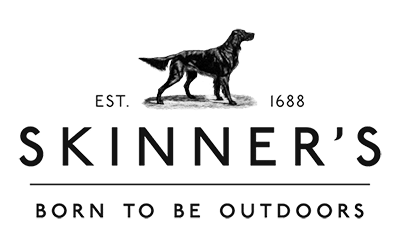
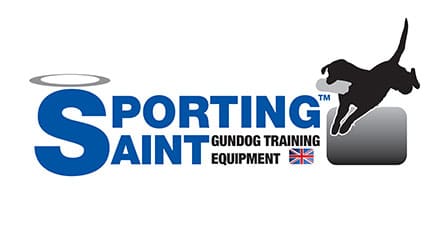

It is your responsibility to know what you can and can’t shoot, and when, so make sure you bookmark this quarry season page.
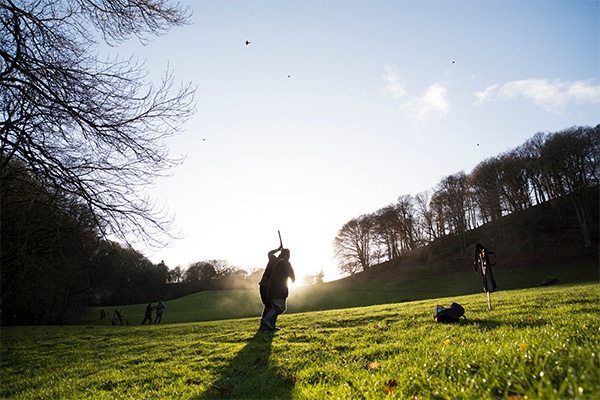
We run a wide range of courses including several dedicated to different areas of game shooting.
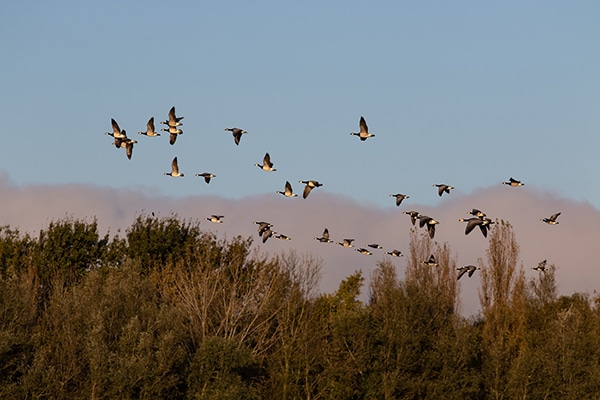
The Wild Game Guide provides information on the hygiene regulations for food businesses that supply wild game for human consumption.
Sign up to our weekly newsletter and get all the latest updates straight to your inbox.
© 2025 British Association for Shooting and Conservation. Registered Office: Marford Mill, Rossett, Wrexham, LL12 0HL – Registered Society No: 28488R. BASC is a trading name of the British Association for Shooting and Conservation Limited which is authorised and regulated by the Financial Conduct Authority (FCA) under firm reference number 311937.
BASC Direct Ltd is an Introducer Appointed Representative of Agria Pet Insurance Ltd who administer the insurance and is authorised and regulated by the Financial Conduct Authority, Financial Services Register Number 496160. Agria Pet Insurance is registered and incorporated in England and Wales with registered number 04258783. Registered office: First Floor, Blue Leanie, Walton Street, Aylesbury, Buckinghamshire, HP21 7QW. Agria insurance policies are underwritten by Agria Försäkring.
If you have any questions or complaints about your BASC membership insurance cover, please email us. More information about resolving complaints can be found on the FCA website or on the EU ODR platform.